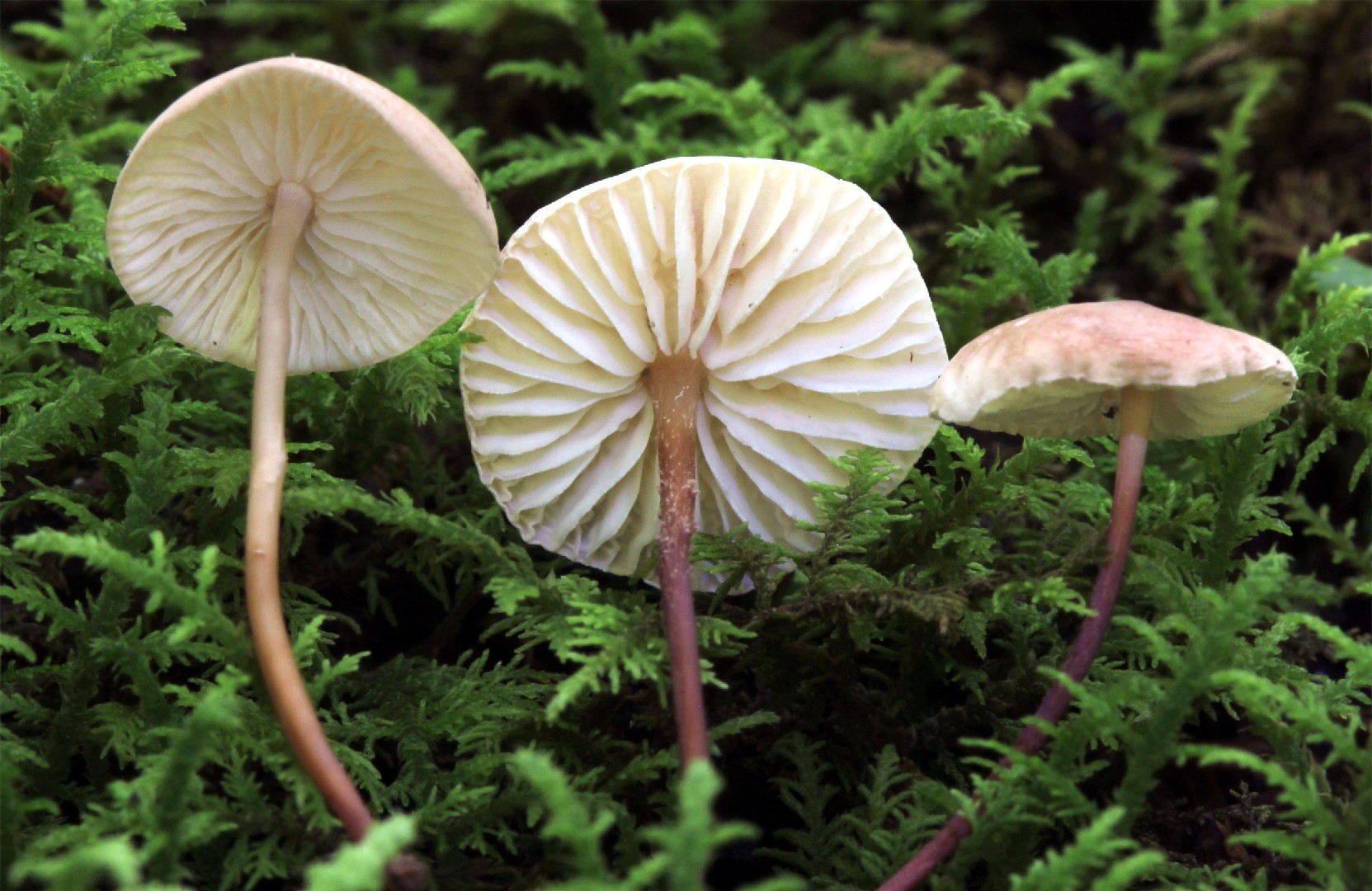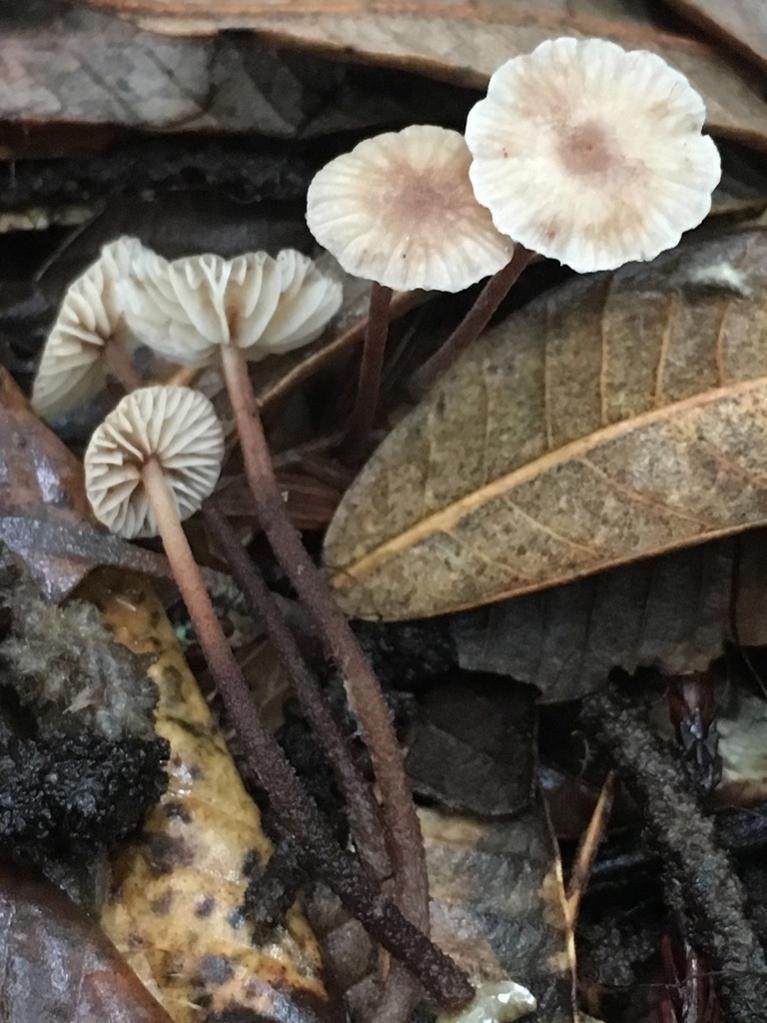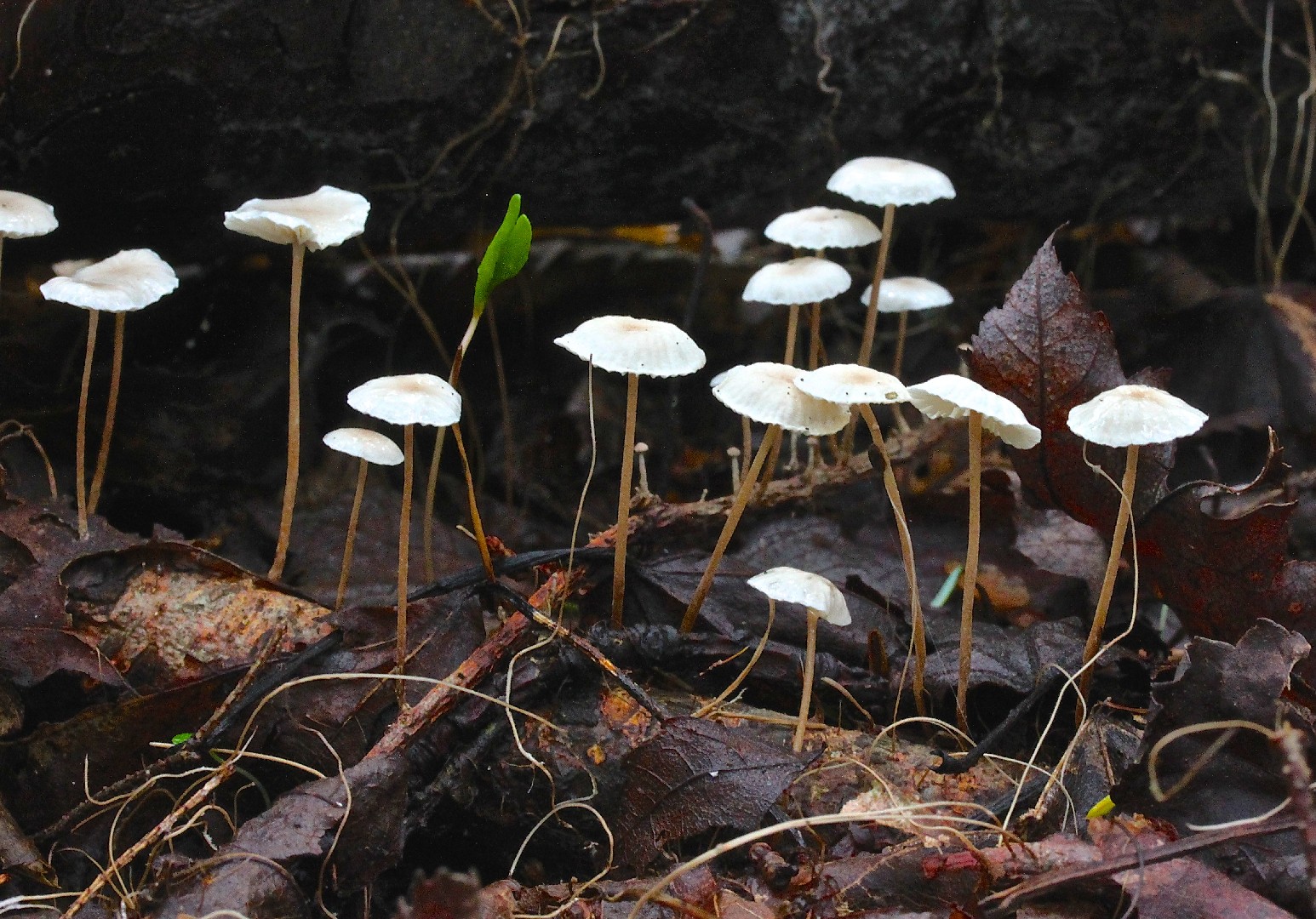Mycetinis
Scientific name: Mycetinis
Mycetinis
Scientific name: Mycetinis
 Photo By Christine Braaten (wintersbefore) , used under CC-BY-SA-3.0 /Cropped and compressed from original
Photo By Christine Braaten (wintersbefore) , used under CC-BY-SA-3.0 /Cropped and compressed from original Description
Mycetinis are a fascinating group known for their small, delicate mushrooms that often have long, thin stems and are usually found growing on fallen leaves, twigs, or decayed wood. Some species within this group have a distinctive garlic-like smell, especially noticeable when crushed. These mushrooms play an important role in the ecosystem by helping with the decomposition of organic matter, contributing to nutrient cycling in forest habitats.
Species of Mycetinis

 Photo By Christine Braaten (wintersbefore) , used under CC-BY-SA-3.0 /Cropped and compressed from original
Photo By Christine Braaten (wintersbefore) , used under CC-BY-SA-3.0 /Cropped and compressed from original Scientific Classification
Phylum
Club fungi Class
Mushroom-forming fungi Order
Gilled fungi Family
Marasmiaceae Genus
Mycetinis 

